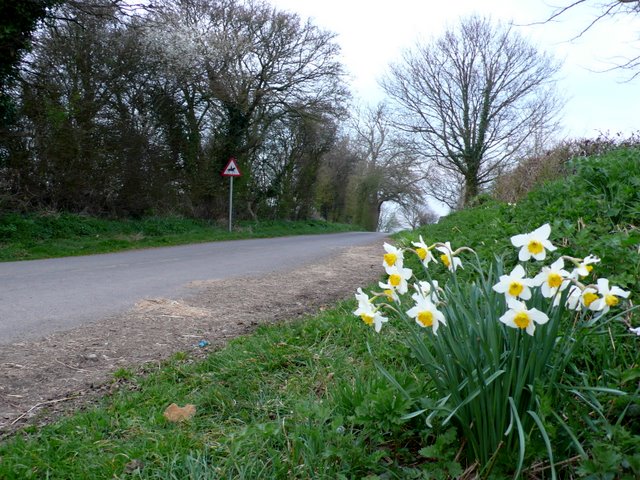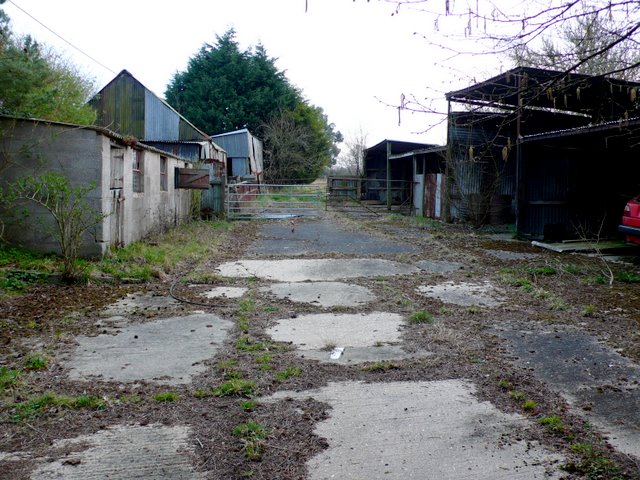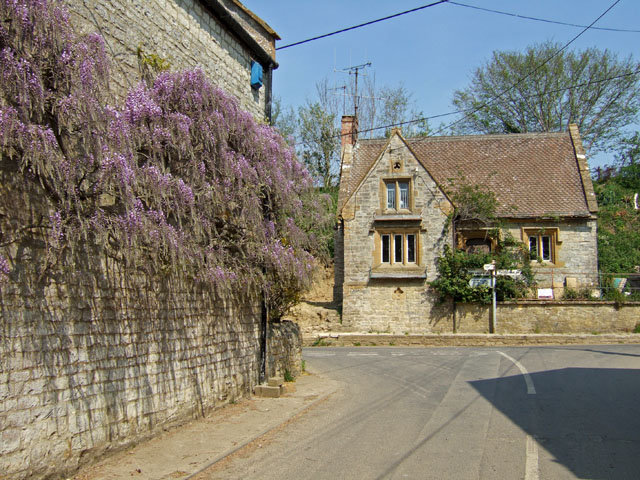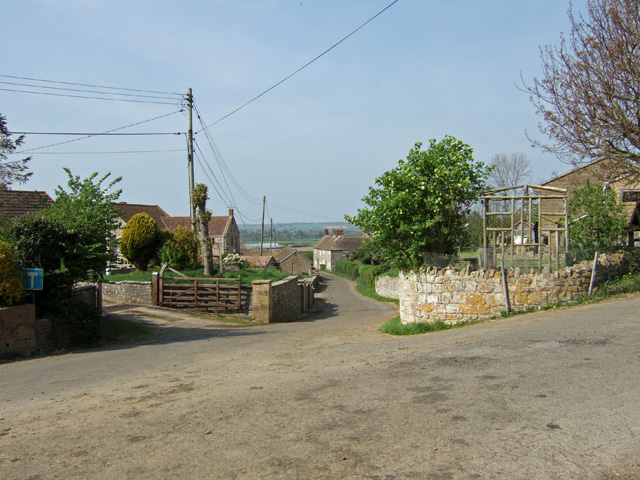Benchy Hill
Hill, Mountain in Somerset
England
Benchy Hill

Benchy Hill is a prominent landmark located in Somerset, England. It is a medium-sized hill that sits at an elevation of approximately 200 meters above sea level. Part of the Mendip Hills range, Benchy Hill offers breathtaking panoramic views of the surrounding countryside.
The hill is characterized by its gentle slopes and rolling green fields, making it a popular destination for hikers, nature enthusiasts, and photographers. The terrain is predominantly grassy and dotted with occasional trees, creating a picturesque landscape that changes with the seasons.
Benchy Hill is easily accessible by foot, with several well-maintained trails leading to its summit. Once at the top, visitors are rewarded with stunning vistas of the Somerset Levels, Glastonbury Tor, and even the Bristol Channel on a clear day.
The hill is also home to a diverse range of flora and fauna. Wildflowers such as bluebells and foxgloves can be found in abundance during the spring and summer months, attracting butterflies and bees. The area is also home to various bird species, including skylarks and kestrels, which can often be spotted soaring above the hill's open skies.
In addition to its natural beauty, Benchy Hill is steeped in history. It is believed to have been a site of human activity dating back thousands of years, with evidence of ancient settlements and burial mounds in the surrounding area. Today, it serves as a peaceful retreat and a reminder of the region's rich heritage.
If you have any feedback on the listing, please let us know in the comments section below.
Benchy Hill Images
Images are sourced within 2km of 50.9741/-2.5369484 or Grid Reference ST6219. Thanks to Geograph Open Source API. All images are credited.



Benchy Hill is located at Grid Ref: ST6219 (Lat: 50.9741, Lng: -2.5369484)
Unitary Authority: Dorset
Police Authority: Dorset
What 3 Words
///slower.unframed.deadline. Near Sherborne, Dorset
Nearby Locations
Related Wikis
Nearby Amenities
Located within 500m of 50.9741,-2.5369484Have you been to Benchy Hill?
Leave your review of Benchy Hill below (or comments, questions and feedback).



















